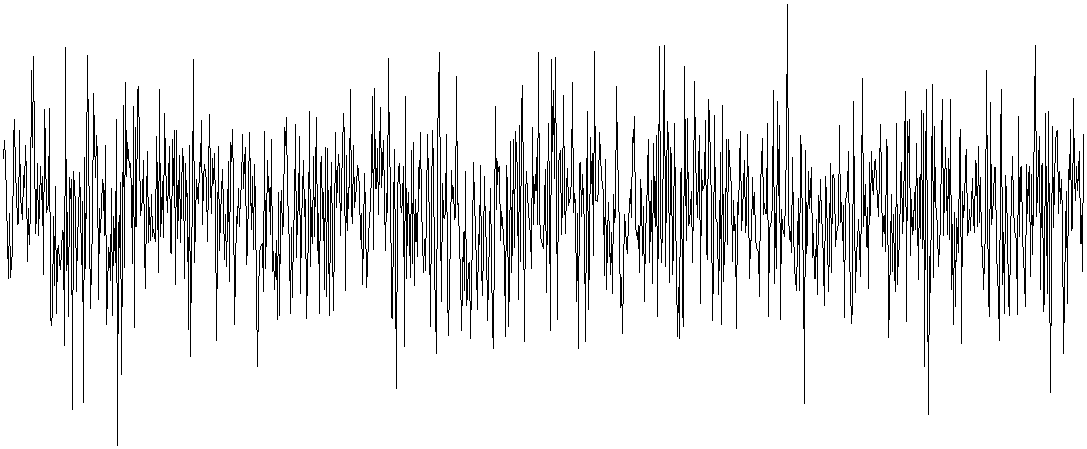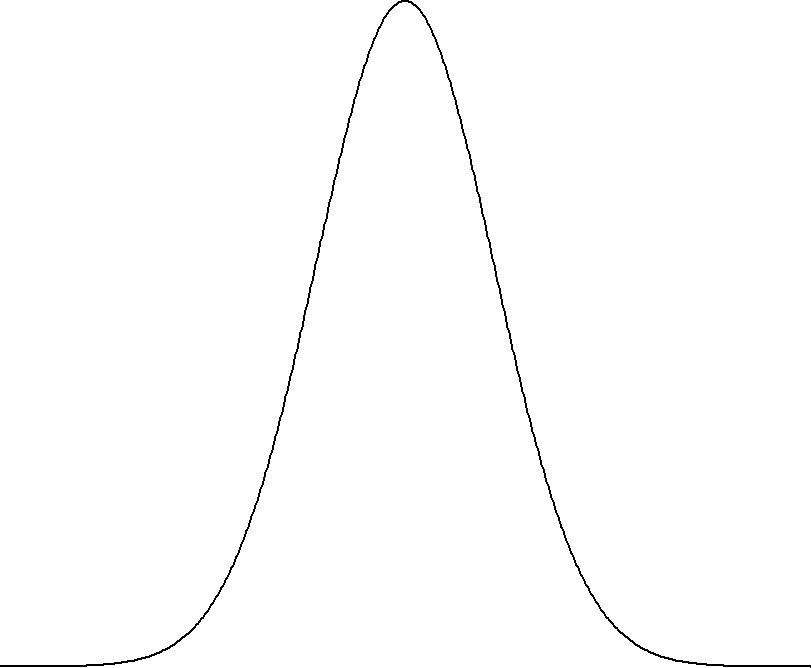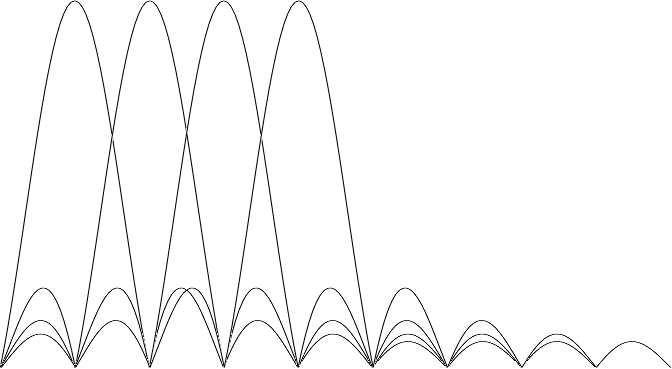 About
About 
Course is introduction level and is on fundamentals of electronic communication, sampling, frequency spectrum, modulation and digital communication principles. An introduction to random variables and random processes will be made, noise and probability of error, energy and power spectra, measure of information and coding subjects will be studied. Here and here are the course and lab description documents respectively. We usually follow the textbook given in reading list, but it is strongly advised not to rely on a single resource.
 Slides & Handouts
Slides & Handouts
Course slides are provided here in pdf format. Reading the slides before the class will help a lot understanding the subject. Some slides may have animations in it, which will not be available in pdf format. Course flow may not follow the order of slides listed here. Not all links are working, meaning that the slide does not exist (yet). We also have slides on example problems-solutions during the course, but they will not be available here. Slides are constantly updated/corrected, so download them just before the class (or online sessions).
 Textbook (all chapters except last)
Textbook (all chapters except last)
 1. Introduction to Information Theory (COM_1_IntroInfo.pdf)
1. Introduction to Information Theory (COM_1_IntroInfo.pdf)
 2. Speed of Electromagnetic Waves (experiment) (slides)(video)
2. Speed of Electromagnetic Waves (experiment) (slides)(video)
![]() 3. Basic Concepts (definition of signals, random signals, energy/power, correlation, linearity etc.) (COM_3_Introduction.pdf)
3. Basic Concepts (definition of signals, random signals, energy/power, correlation, linearity etc.) (COM_3_Introduction.pdf)
 4. Amplitude Modulation (AM, SSB-AM, VSB) (COM_4_AM.pdf)
4. Amplitude Modulation (AM, SSB-AM, VSB) (COM_4_AM.pdf)
5. Angle Modulation (FM, PM) (COM_5_FMPM.pdf)
6. Fourier (COM_6_Fourier.pdf)
 7. Baseband Communication (part-1) (COM_7_Baseband1.pdf)
7. Baseband Communication (part-1) (COM_7_Baseband1.pdf)
 8. Baseband Communication (part-2) (COM_8_Baseband2.pdf)
8. Baseband Communication (part-2) (COM_8_Baseband2.pdf) 
 9. Digital Passband Communication (brief descriptions of ASK, FSK, PSK, QPSK, QAM) (COM_9_ShiftKeying.pdf)
9. Digital Passband Communication (brief descriptions of ASK, FSK, PSK, QPSK, QAM) (COM_9_ShiftKeying.pdf)
10. Sampling & Quantization (adc & dac, frequency upconversion, etc) (COM_10_Discrete.pdf)
11. Synchronization (COM_11_Synchronization.pdf) (Get IEEE 802.11a-1999 doc from here)
 12. Spread Spectrum (part-1) (sequence-generators, DSSS, FHSS, multiple-access) (COM_12_SpreadSpectrum.pdf)
12. Spread Spectrum (part-1) (sequence-generators, DSSS, FHSS, multiple-access) (COM_12_SpreadSpectrum.pdf)
 13. Intro to OFDM (COM_13_SpreadSpectrum2.pdf)
13. Intro to OFDM (COM_13_SpreadSpectrum2.pdf)
14. Channel Coding (hamming codes) (COM_14_Channel_Coding.pdf, LectureNotes.pdf)
2024-25 Spring
Final MakeUp: cmrea_25B.pdf (15.6.2025 correction)
Final: cmfa_25B.pdf (21.5.2025)
Midterm: cmva_25B.pdf (28.3.2025)
2024 Midterm, Final, Resit Exams, questions/answers
2023 Midterm questions
Question 1, Question 2, Question 3, Question 4 Solutions : Solution 1, Solution 2, Solution 3, Solution 4
2023 Final Exam questions
Question 1, Question 2, Question 3, Question 4 Solutions : Solution 1, Solution 2, Solution 3, Solution 4
Notes about answers : Solution 2 is slightly updated because the previous answer was prepared for f1>10 MHz whereas question asked for f1>=10 MHz.
Single Course Exam questions/answers
cmsca_23Y.pdf (t->f correction on 20.09.2023)
Documents from Past Years
Exam solutions from previous years (note: it is unchecked, there might be errors!)
Experiments
Important Notes About the Lab Sessions
1. Adaptation Experiment (PreLabHmw1.pdf, Experiment_1, Report_1, Oscilloscope User Guide)
2. Amplitude Modulation (Experiment_2, Report_2)
3. Frequency Modulation (Comm_Lab_Exp3.pdf, Comm_Lab_Exp3_Report.docx)
4. ASK (Comm_Lab_Exp4.pdf, Comm_Lab_Exp4_Report.docx)
5. FSK (Comm_Lab_Exp5.pdf, Comm_Lab_Exp5_Report.docx)
6. ADC / DAC Experiment (Comm_Lab_Exp6.pdf, Comm_Lab_Exp6_Report.docx)
7. PWM Experiment (Comm_Lab_Exp7.pdf, Comm_Lab_Exp7_Report.docx)
8. Octave Adaptation Experiment (Comm_Lab_Exp8.pdf, Comm_Lab_Exp8_Report.docx)
9. M-PSK, M-QAM Experiment (Comm_Lab_QPSK.pdf, Comm_Lab_QPSK_Report.docx)
note: in experiment 10, students will design a QPSK experiment and prepare experiment documents (experiment description and report template).
First week: Get familiar with the QPSK modules on the experiment sets. Do some QPSK experiments themselves.
Second week: Using the experiment documents that they prepared themselves, do the experiment.
10. QPSK Experiment Design (Comm_Lab_ExpDesign.pdf, Comm_Lab_ExpDesign_Template.docx, Comm_Lab_ExpDesign_Report_Template.docx)
Homework due 15.4.2022 Friday 12:00 noon
cmhmw1q_22B.pdf, Example Solution
In class examples
Midterm Solutions
Final Solutions
Conclusion
Genel durum, şikayetler ve cevapları

